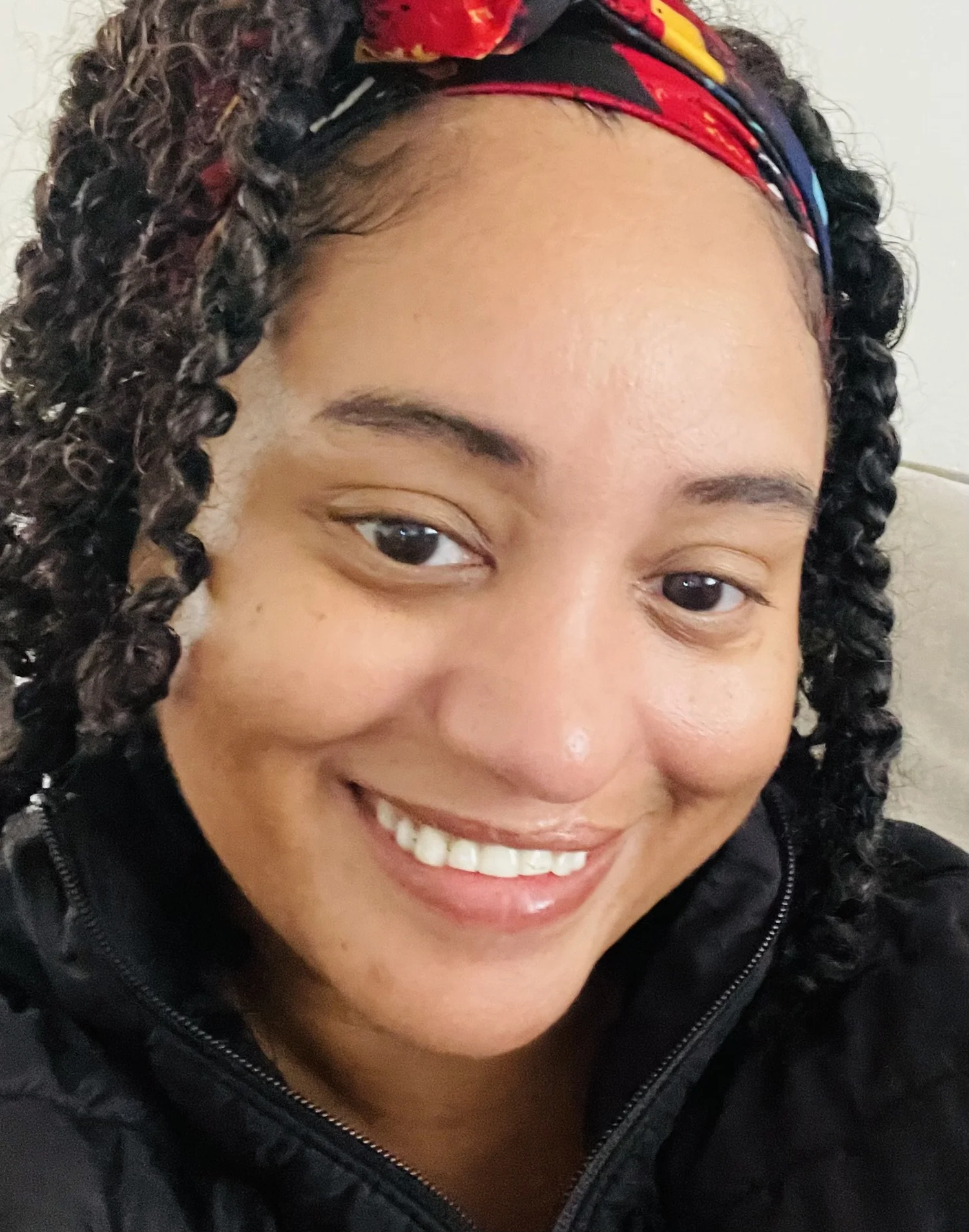
What to Expect in Your First Telehealth Therapy Session
By Anasa Storay-Demby, LPCC
Starting therapy can feel uncertain, but knowing what to expect in your first Telehealth session can make it easier to take that first step.
Beginning therapy is a brave and meaningful decision. Choosing Telehealth can make it even more convenient and accessible—but it’s normal to wonder what the first session will be like. Here’s a brief guide to help you feel more comfortable and confident before logging on.
Before Your Session
You’ll receive a secure link from your therapist—no app or special equipment needed beyond a smartphone, tablet, or computer. Find a quiet, private space where you can speak freely. It doesn’t need to be perfect—just comfortable enough that you can focus without distractions. Having a glass of water or a journal nearby can also help you stay grounded.
During the Session
Your first meeting is about connection, not perfection. We’ll talk about what brings you to therapy, what’s been weighing on you, and what you hope to change or strengthen. You don’t need to have all the answers; we’ll figure things out together. We may also discuss boundaries, confidentiality, and what support looks like for you.
It’s completely okay if you feel nervous or emotional. Many people find that once they start talking, the initial tension eases quickly. My role is to listen, understand, and help you set achievable goals that feel right for you.
After the Session
Take a few minutes for yourself afterward. You might feel lighter—or even a little tired. Therapy is emotional work, and reflection is part of the healing process. If we continue working together, we’ll outline the next steps and schedule your follow-up session.
Closing Thought:
Therapy isn’t about having it all figured out—it’s about having a space where you can explore, heal, and grow. You deserve that space.
Call-to-Action:
Ready to begin? Book your appointment here https://www.rula.com/providers/CA/1821642570?

Practical Ways to Calm Anxiety When You Can’t Log Off
By Anasa Storay-Demby, LPCC
When life feels nonstop, these three simple grounding strategies can help you quiet anxious thoughts—even during a busy day.
Anxiety can show up anywhere—at work, during a conversation, or when you’re just trying to fall asleep. While you can’t always escape what’s triggering your stress, you can use quick tools to help your body and mind find balance again.
Here are three simple strategies to start using today.
1. Name What’s Happening
When anxiety hits, your brain can feel like it’s in overdrive. Take a slow breath and silently name what’s happening: “I’m feeling anxious right now.” It sounds simple, but labeling your emotion activates the rational part of your brain and signals safety. It’s a small act of control in a moment that feels out of control.
2. Use Your Senses to Ground Yourself
Try the 5-4-3-2-1 grounding exercise:
Notice 5 things you can see
4 things you can touch
3 things you can hear
2 things you can smell
1 thing you can taste
This brings your focus to the present instead of racing thoughts. Even just one or two steps can help you reset quickly.
3. Reframe the Thought
Ask yourself: “What’s the evidence that this fear is 100% true?” Often, anxiety thrives on assumptions. By challenging the thought gently, you open the door for new perspectives. This is a core part of cognitive-behavioral therapy (CBT) and can help your brain recognize possibilities instead of threats.
Bonus Tip:
Try scheduling “worry time.” Set aside 10 minutes to write down your worries, then close the notebook. Giving anxiety a contained space can reduce its power over the rest of your day.
Closing Thought:
You don’t have to eliminate anxiety completely to live fully. The goal is to make space for calm, even in small moments.
Call-to-Action:
If you’re ready to learn personalized tools for managing anxiety, book your appointment here https://www.rula.com/providers/CA/1821642570?

Why I Chose to Specialize in Tele-health Counseling
By Anasa Storay-Demby, LPCC
Choosing Telehealth wasn’t just about convenience—it was about connection, accessibility, and meeting people where they are.
When I first began my career as a therapist, I imagined sitting across from clients in a traditional office—soft lighting, tissues nearby, calm music in the background. But as I began working with clients across different regions and life circumstances, I saw something powerful: healing didn’t depend on the room. It depended on the relationship.
Telehealth allows me to meet clients exactly where they are—literally and emotionally. Whether someone lives in a busy city or a rural area, online therapy removes barriers that often keep people from getting support. For many, it’s easier to open up from the comfort of home, without commuting or taking extra time off work.
It also creates consistency. Life is unpredictable, but telehealth makes it possible to stay connected even during transitions—whether that’s a move, a new job, or a demanding family schedule. Therapy becomes more accessible, flexible, and sustainable.
Of course, some were skeptical at first (myself included). Could a real connection happen through a screen? Over time, I learned that empathy, presence, and genuine listening transcend physical distance. The screen doesn’t diminish the work—it enhances it for many clients.
Every day, I witness people finding courage, clarity, and growth through Telehealth sessions. That’s why I chose this path—and why I continue to believe in its power.
Closing Thought:
Therapy doesn’t need four walls to be meaningful. It just needs safety, trust, and compassion.
Call-to-Action:
Start your journey from wherever you are. Book your appointment here https://www.rula.com/providers/CA/1821642570?







